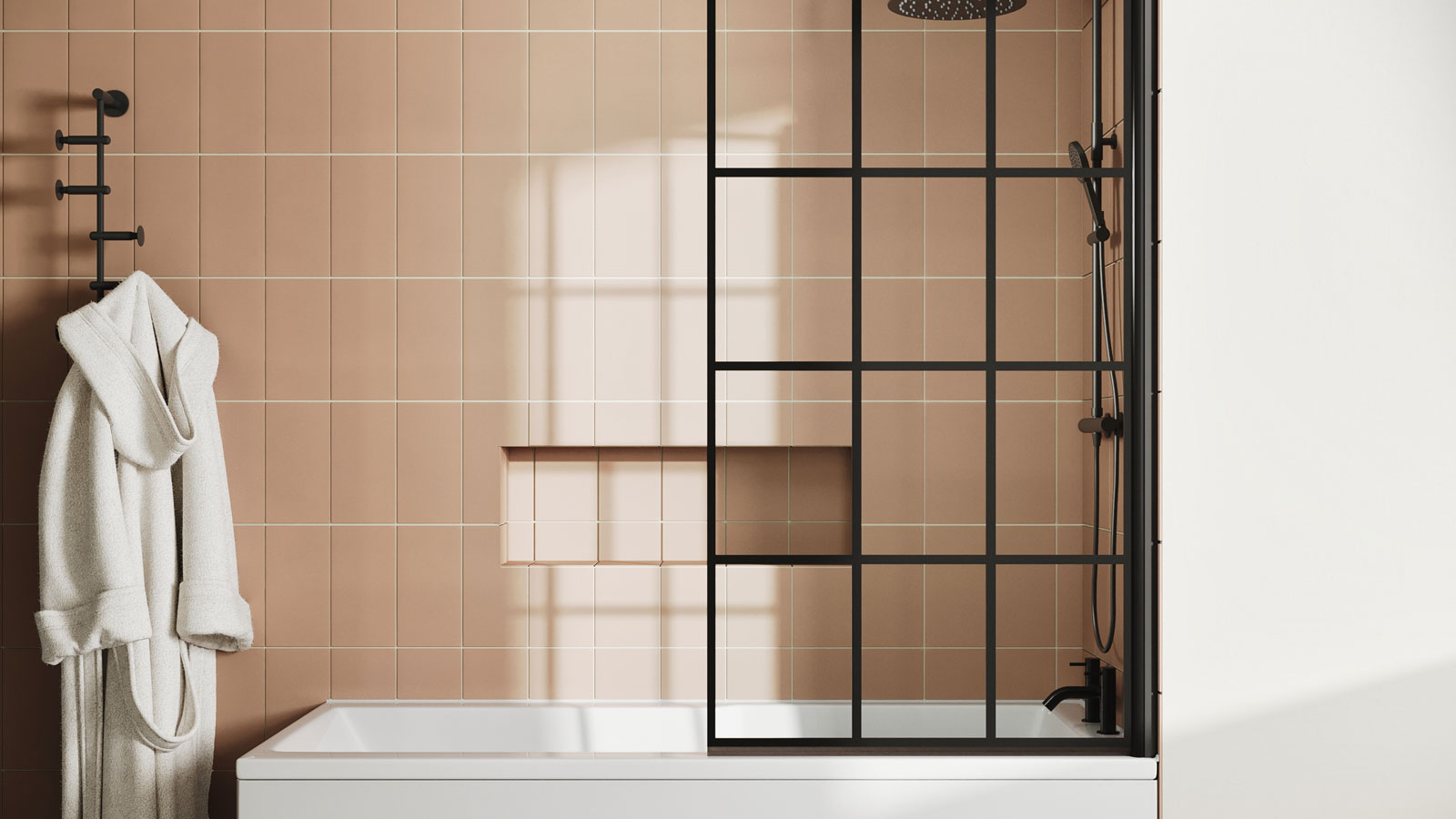Off-peak electricity times: How to save money in 2025
Maximise savings by shifting your energy use to off-peak hours and make the most of time-of-use tariffs
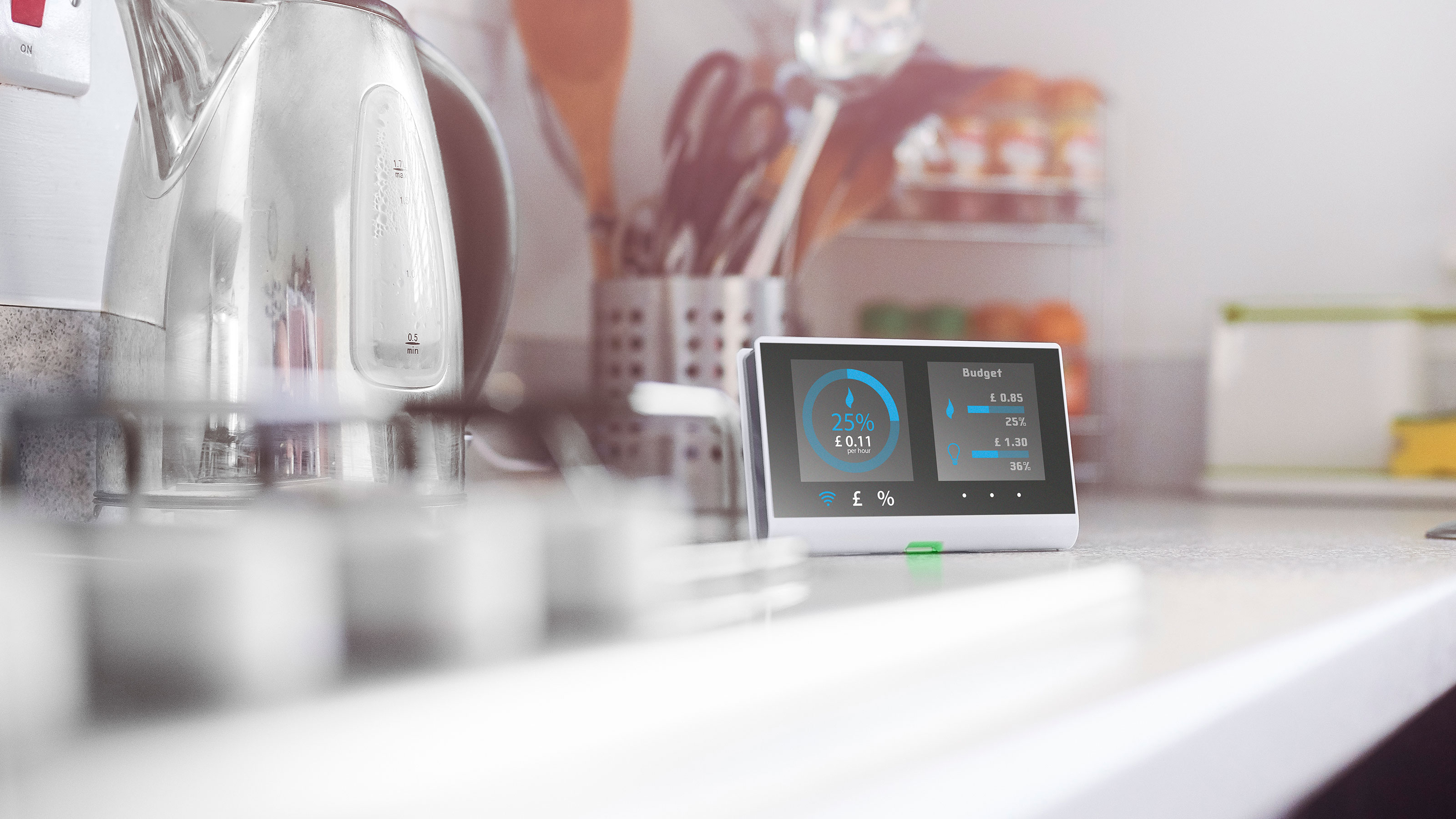
As energy prices continue to rise, UK households are seeking effective strategies to reduce their electricity bills.
One of the most effective energy-saving tips is to use electricity during off-peak times, when rates are much cheaper.
We reveal how you can benefit from off-peak electricity times.
When are off-peak electricity times?
Off-peak electricity times are periods when electricity demand on the grid is lower, and suppliers offer reduced rates.
The National Grid has introduced the Demand Flexibility Service to encourage consumers to reduce electricity usage during peak periods.
Marzia Zafar, Ofgem’s deputy director of digitalisation and innovation, says: “The key to unlocking high consumer uptake is making it both attractive and easy to participate. We believe these rebate schemes will help drive more efficient energy use during critical periods.”
These windows are typically during the night, reducing the risk of blackouts, but can vary by provider and tariff.
Bring your dream home to life with expert advice, how to guides and design inspiration. Sign up for our newsletter and get two free tickets to a Homebuilding & Renovating Show near you.
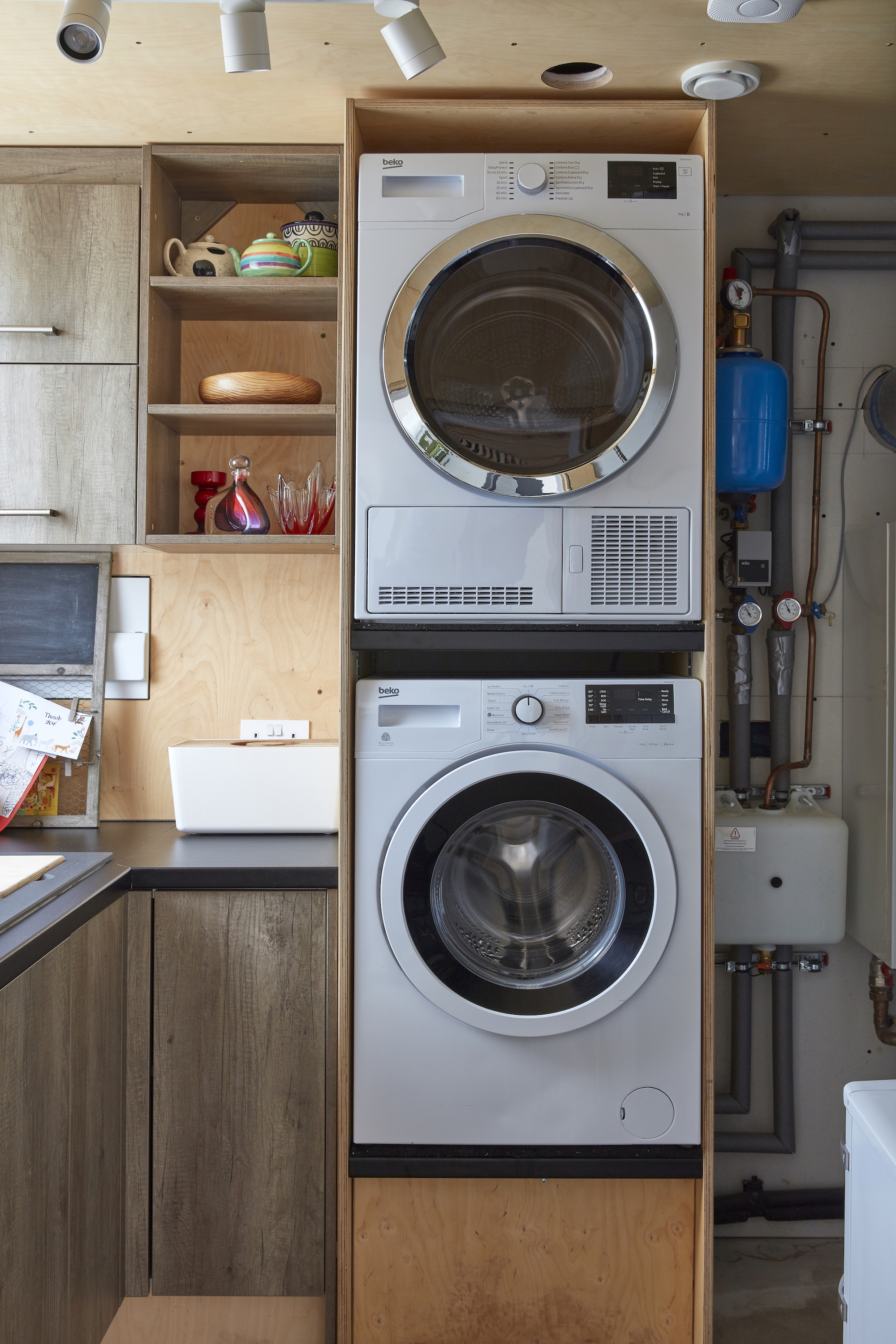
- Economy 7: Cheaper rates for seven hours, usually between 11 pm and 8 am, depending on region and supplier.
- Economy 10: Off-peak spread across three periods daily (e.g., 1 pm–4 pm, 8 pm–12 am, 4 am–7 am).
Smart time-of-use tariffs: Newer options like E.ON Next’s “Next Flex” and Octopus’s Agile offer dynamic pricing, with super off-peak hours (e.g., 2 am–5 am) providing up to 20% lower costs.
With rising energy prices, households are increasingly looking to take advantage of rebate schemes like the off-peak energy rebate scheme to help mitigate these costs.
You’ll need a smart meter to track and take advantage of off-peak rates accurately.

Marzia is a seasoned energy expert with senior leadership experience across major organisations in energy, transport, and sustainability, including Ofgem, Harworth Group, Ovo/Kaluza, the State of California, Sempra Energy, and the World Energy Council.
When are peak electricity times?
Peak electricity times are when energy demand - and therefore cost - is highest. These hours typically fall during:
- Weekday mornings: 6:30 am to 9:30 am
- Early evenings: 4:30 pm to 8:30 pm
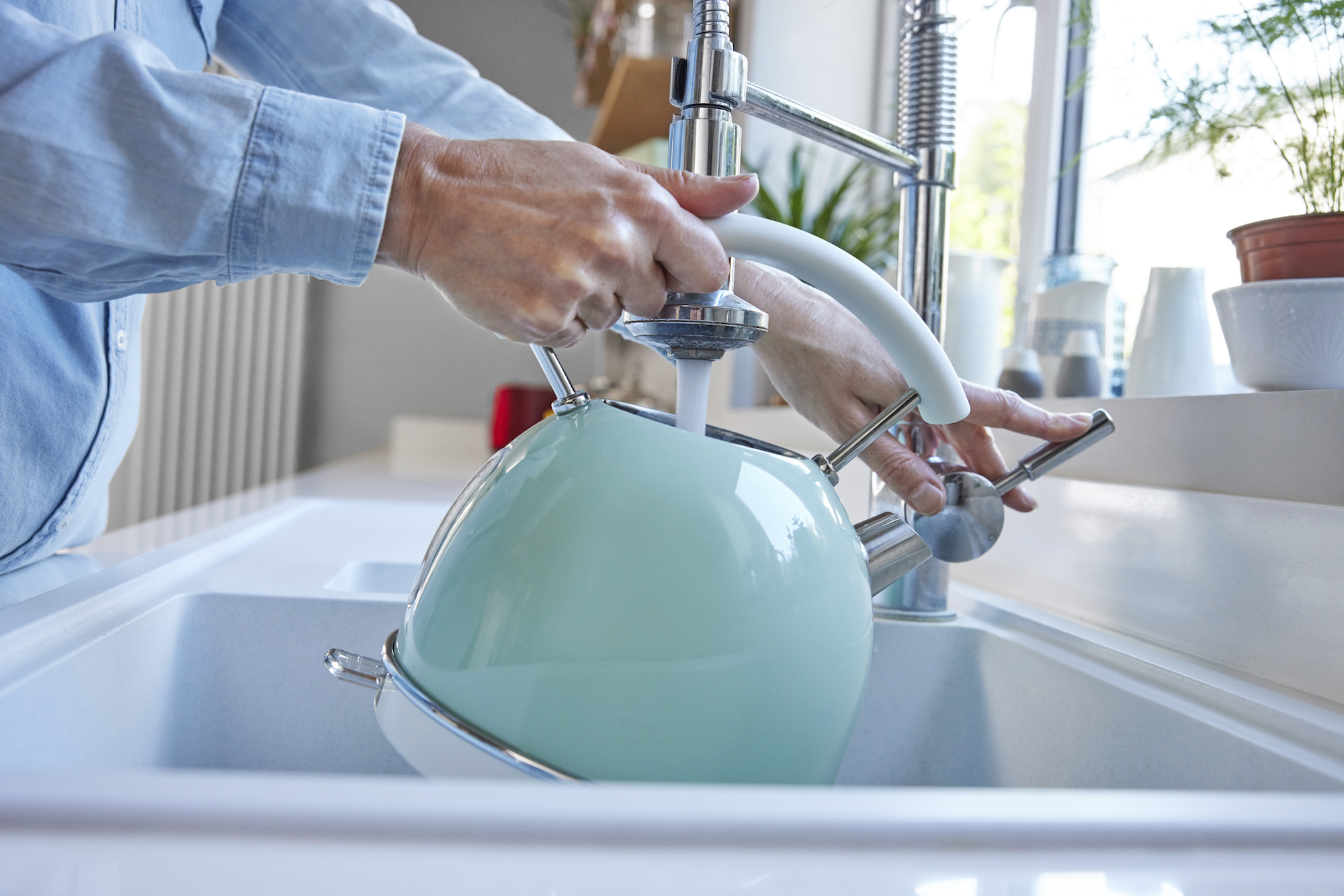
During these periods, millions of households use energy-intensive appliances like kettles, ovens, and electric heating. On time-of-use tariffs, prices can spike significantly during these windows.
According to the National Grid Electricity System Operator (ESO), peak demand in winter 2024-2025 reached up to 42 GW between 5 and 6 pm - more than double overnight lows.
Avoiding these times is key to earning rebates and keeping bills low on variable rate tariffs.
How off-peak use saves you money
Using electricity during off-peak hours can cut your costs by 15–30% - or more with the right tariff.
Key appliances to shift:
- Washing machines (up to 2 kWh per load)
- Tumble dryers (3–4 kWh per cycle)
- EV charging (up to 7.4 kW per hour)
- Water heaters and dishwashers
For example, if you run a tumble dryer at 2 am on a tariff costing 12p/kWh vs. 35p/kWh during peak times, that single cycle saves over £0.90, which adds up quickly for frequent use.
Households participating in the Demand Flexibility Service may also be eligible for cash-back or credit on bills when reducing usage during peak demand events. Nearly 1.6 million homes took part during the 2023/24 winter, according to National Grid ESO.
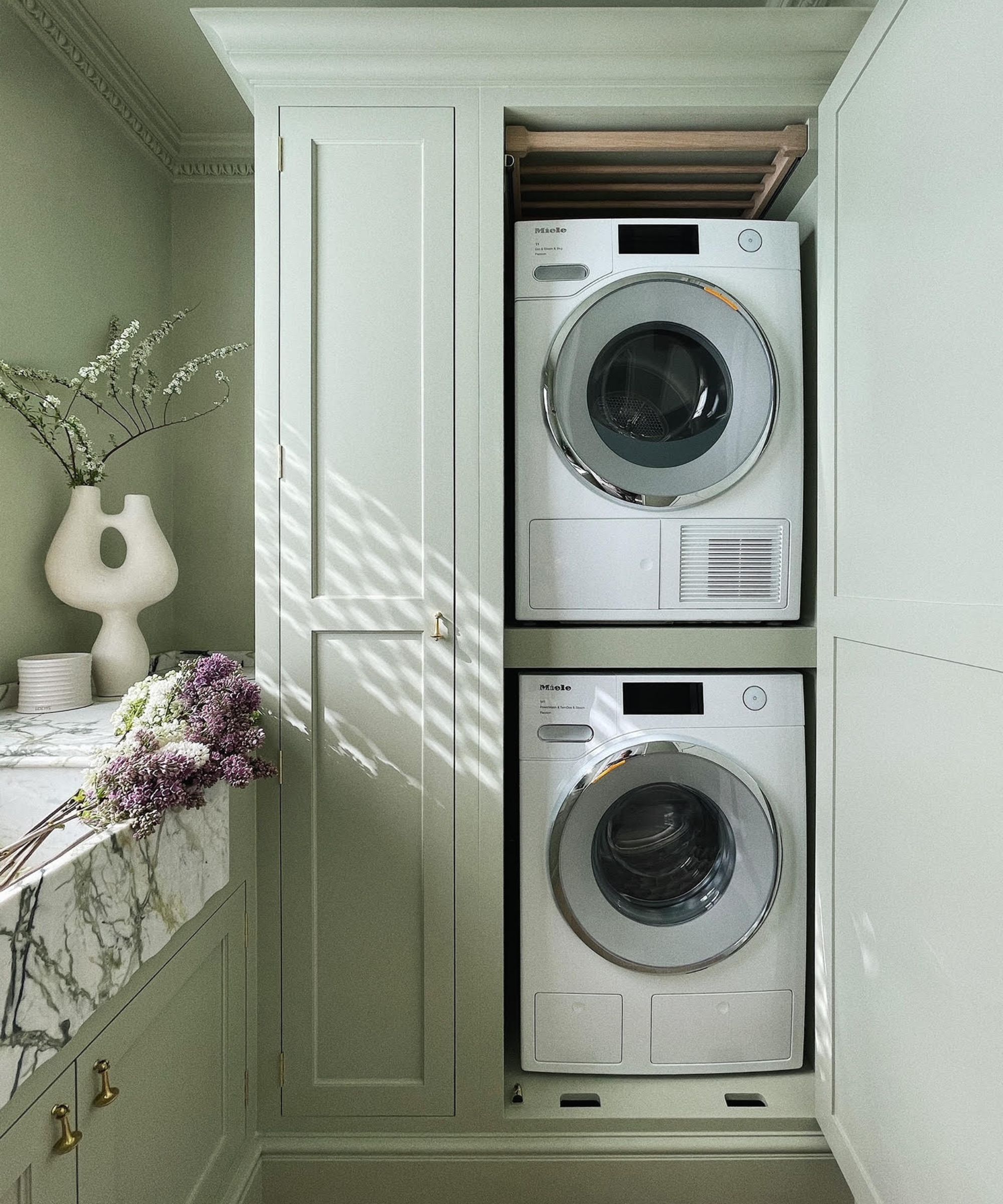
What to consider
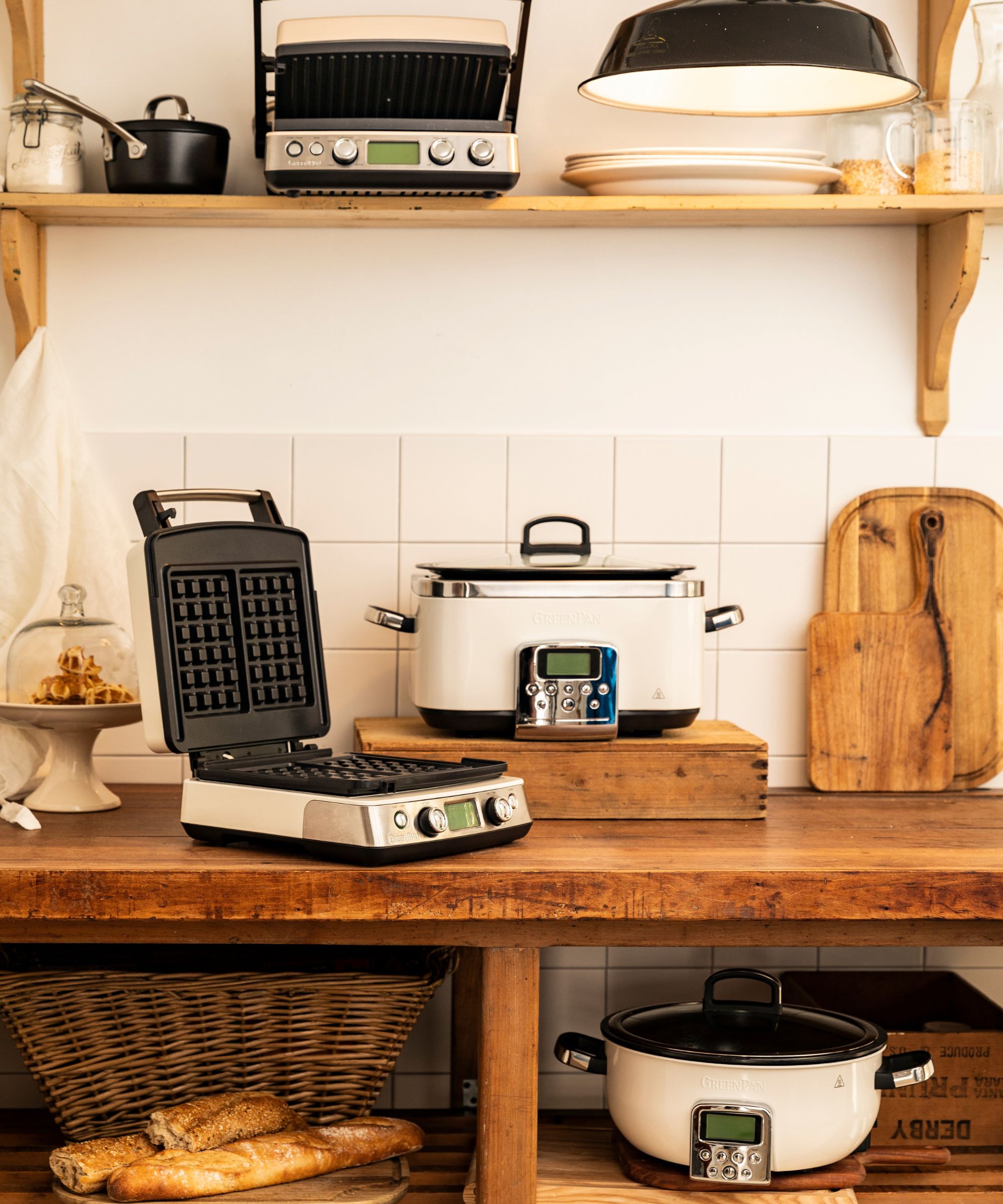
While off-peak electricity times can offer real savings, there are key practical and safety factors to consider before switching tariffs or changing your household habits:
- Not all tariffs guarantee savings: You need to use a significant proportion of your electricity during off-peak hours (typically at night) for time-of-use tariffs to be worthwhile.
- Appliance safety: Running high-load appliances like washing machines or tumble dryers overnight can pose fire risks. Always use certified appliances, clean filters regularly, and consider using programmable timers to start cycles early in the morning when you're awake.
- Outdated meters: Households on older Economy 7 or Economy 10 meters may be affected by the Radio Teleswitch Service (RTS) switch-off in June 2025. If you’re still using one of these meters, contact your energy supplier about upgrading to a smart meter. “Households need to prepare now. The RTS shutdown could impact thousands who rely on legacy meters for off-peak savings,” warns a spokesperson from Ofgem.
- Smart meter requirement: Most off-peak and flexible pricing tariffs now require a smart meter to accurately track your usage in real-time and apply the correct rate.
Off-peak electricity times offer a smart way to save money - if you can shift your energy use to low-demand hours.
In 2025, timing your energy use isn’t just economical - it’s essential. As more people look to energy-saving schemes like ECO4 and the Warm Homes Discount Scheme managing when you use electricity will become even more crucial for reducing overall energy bills.

News Editor Joseph has previously written for Today’s Media and Chambers & Partners, focusing on news for conveyancers and industry professionals. Joseph has just started his own self build project, building his own home on his family’s farm with planning permission for a timber frame, three-bedroom house in a one-acre field. The foundation work has already begun and he hopes to have the home built in the next year. Prior to this he renovated his family's home as well as doing several DIY projects, including installing a shower, building sheds, and livestock fences and shelters for the farm’s animals. Outside of homebuilding, Joseph loves rugby and has written for Rugby World, the world’s largest rugby magazine.
